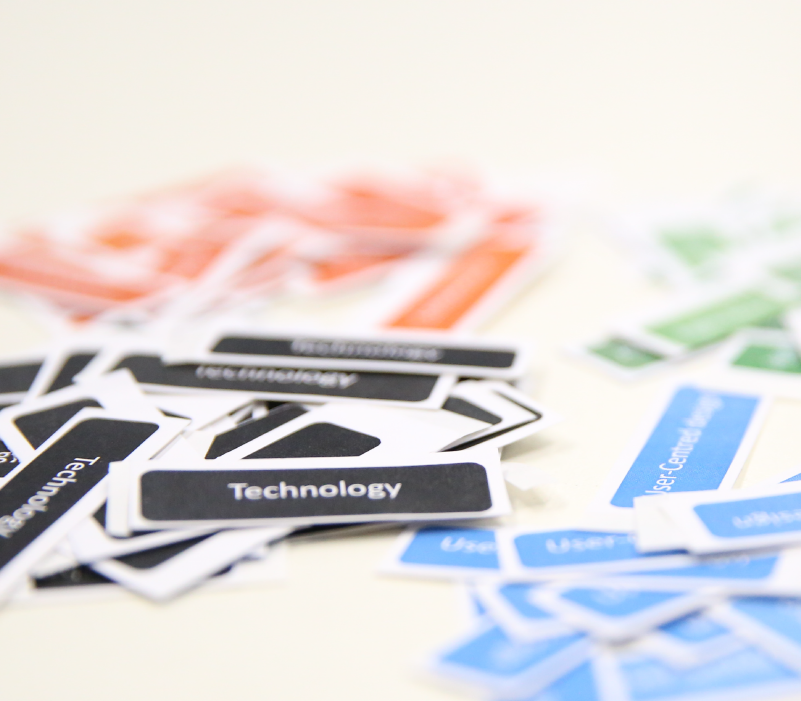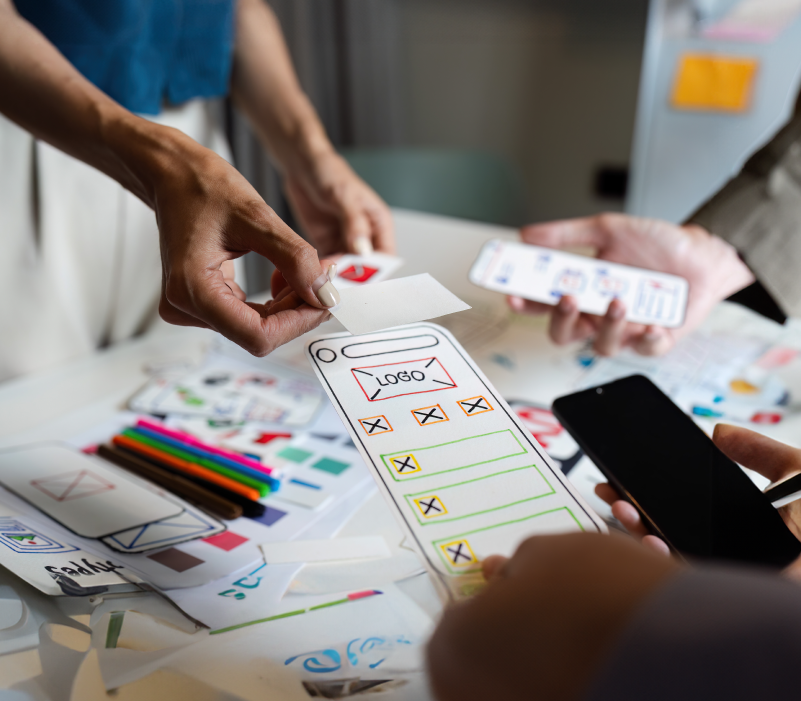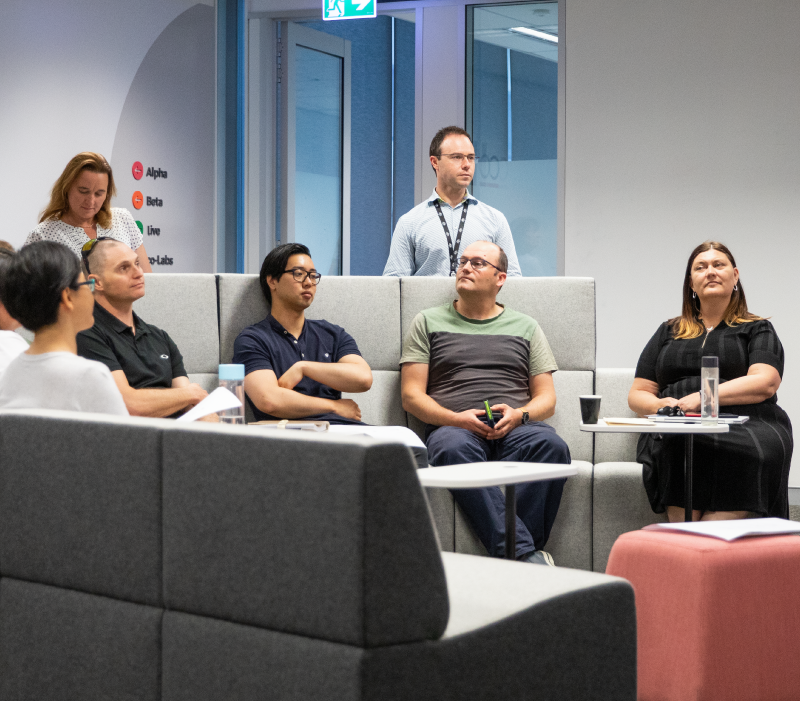-
Your responsibilities
To successfully meet this criterion, agencies need to:
- establish internal processes to support performance data analysis and reporting
- report on progress during IOF states and post-implementation performance data, with key reporting requirements in the following states:
- Strategic planning and prioritisation: report on how you intend to implement a monitoring framework (Criterion 1) to your digital service
- Contestability: report (with evidence) that the Digital Performance Standard has been, or will be, applied to the digital service
- Assurance: report (with evidence) how you have applied the Digital Performance Standard to the digital service
- Operations: report (with evidence) on how the digital service continues to meet customer needs
- analyse performance results and act on any improvements to the agency’s digital service.
When to apply
Criterion 5 will apply throughout the design and implementation states of the IOF process and once the digital service is made available to the public in the Live environment.
Examples of analysis and reporting requirements will include but are not limited to:
- Strategic planning and prioritisation: outline the planned approach to applying the Digital Performance Standard
- Contestability: explain the plan and approach for meeting the Digital Performance Standard and when this will be implemented to support the investment proposal (Digital Capability Assessment Process)
- Assurance: demonstrate the progress of the ICT investment towards meeting the Digital Performance Standard and delivery milestones
- Operations: demonstrate that the ICT investment is continuing to meet customer needs.
As the monitoring framework matures, agencies should aim to achieve best practice, collecting and monitoring more meaningful user-centric metrics.
Questions for consideration
- Does the monitoring framework provide meaningful reporting data about ICT investment outcomes?
- Does the reporting data say how well we have delivered the benefits as stated in the ICT investment proposal?
- What outcomes are expected from the reported data?
- How can the reported data be used to improve outcomes for users?
- How can best-practice monitoring be applied to the digital services?
How to apply criterion 5
-
Suggested activities to apply this criterion
Establish and maintain a safe digital environment for users
Create psychological safety: Hate speech and online abuse impacts the participation and inclusion of all those targeted by it. Establish clear community guidelines on acceptable behaviour and proactively moderate digital content. Where appropriate, leverage technology to identifying instances of malicious behaviour and align to best practices outlined by the eSafety Commission.
Counter scams and misinformation
Mitigate risk: Many digital users have encountered scams, fraud and loss of personal information. These experiences impact attitudes towards digital use. Help to ‘build trust in design’ by supporting the work of the National Anti-Scams Centre and mitigate misinformation by supporting the work of the Australian Communications and Media Authority.
Provide transparency and feedback loops
Communicate safeguards: Communicate the safety measures that are in place to safeguard users against potential threats. Set up clear communication channels to report safety concerns and commit to resolving issues promptly.
-
Suggested activities to apply this criterion
Communicate the benefits of adopting a digital channel
Demonstrate why going digital is worthwhile: Provide clear and comprehensive information about the purpose and benefits of digital services. Where possible, highlight time savings, convenience and emphasise how these enhance the overall user experience.
Use inclusive language and imagery: Use inclusive language and imagery, avoiding stereotypes and biases when communicating with your audience. Consider diverse cultural perspectives and make sure content is simple, respectful, and welcoming for all.
Understand the motivations of your audience
Understand motivational drivers: Use research and insights to understand the motivations of users and encourage them to remain engaged. This will help you understand if a service is too complicated or lacks support. To determine your current baseline of engagement, assess what proportion of your target audience engages online and work towards practices that encourage greater inclusion.
Make the digital service easy to use
Demonstrate ease of use: Consider demonstrating the service to new users. If possible, allow them to interact with the service and experience it firsthand. Prioritise interfaces that prioritise content that’s easy to find and make interactions as straightforward as possible.
Provide supporting guides and materials: Craft user guides with step-by-step instructions and include visual aids to support deeper levels of understanding. Provide a tiered structure in your support documentation, such as basic content for beginners and advanced topics for more experienced users. Determine where a self-service approach, such as online forums, can help users through their challenges.
Address barriers and concerns: Address challenges and make sure services are accessible so they allow for independence, empowerment and dignified access. Remove barriers that may force users to look to others for help. This is particularly important for services that detail financial or health-related information that users may prefer to keep private.
Provide gradual transition options: Encourage users to take their first digital step by lowering the barriers to getting started. For instance, promote awareness of the service through a variety of channels and offer hybrid service options, where available, that allow users to start a process offline and complete it online, easing them into the digital option.
Ask for information only once: Review internal and external data collection methods, and where possible, support users to provide information only once. Minimising duplication helps reduce frustrations for users.
-
Suggested activities to apply this criterion
Consider diverse user needs from the outset
Listen to and understand diverse user needs: Consider diverse user needs from the outset. This will make sure services cater to the greatest range of users possible. Consider the different identities, characteristics and perspectives of users to make sure the digital service is welcoming and inclusive for all.
Conduct usability testing with diverse user groups: Do usability testing with individuals from diverse backgrounds, including those with different abilities, ages and cultural contexts. Adopt inclusive prototyping techniques to simulate the experiences of users with different abilities and identify potential challenges. Recognise that various aspects of a person’s identity, such as race, gender and age, all work together to shape their digital experience.
Co-design the digital service and its accompanying artifacts
Co-design with users: Involve users throughout the Service Design and Delivery Process to make sure their perspectives, needs and feedback are incorporated into the final service. Encourage shared ownership by co-designing accompanying artifacts, such as tutorials and guides, using language that is meaningful to all.
Consider cohort-specific digital inclusion requirements (outlined below): Tailor the digital service to meet the specific needs of user groups and promote inclusion to make sure support is provided at the appropriate level. Consider how to apply the following cohort specific requirements when designing and delivering digital services.
-
Connect with the digital community
Share, build or learn digital experience and skills with training and events, and collaborate with peers across government.








